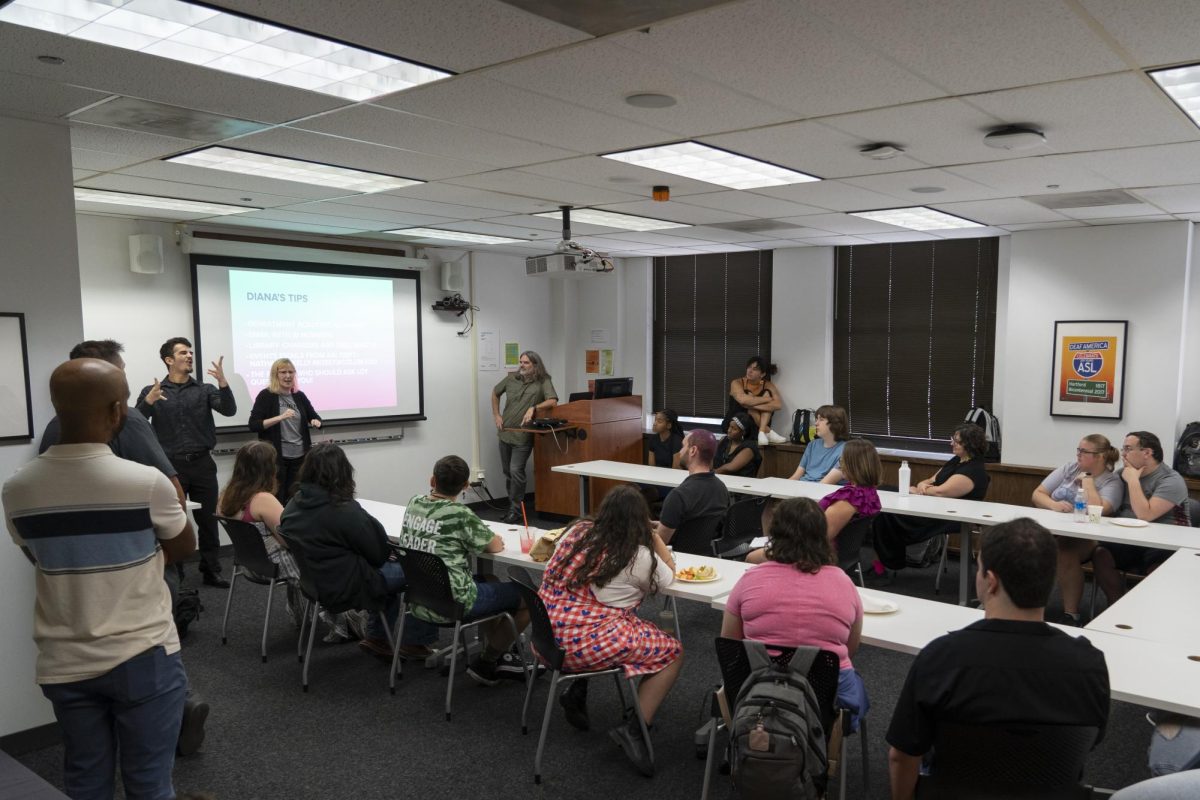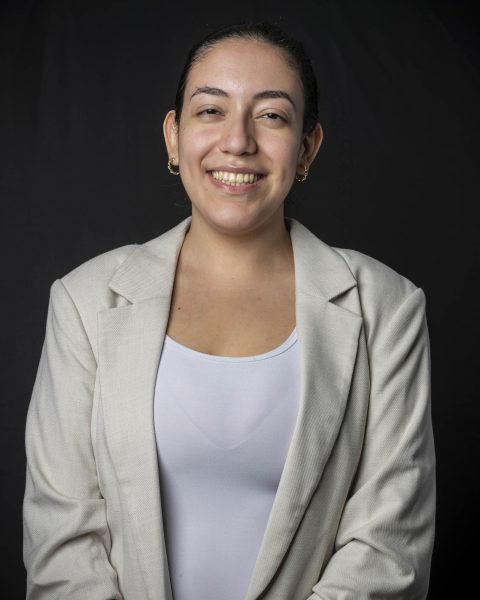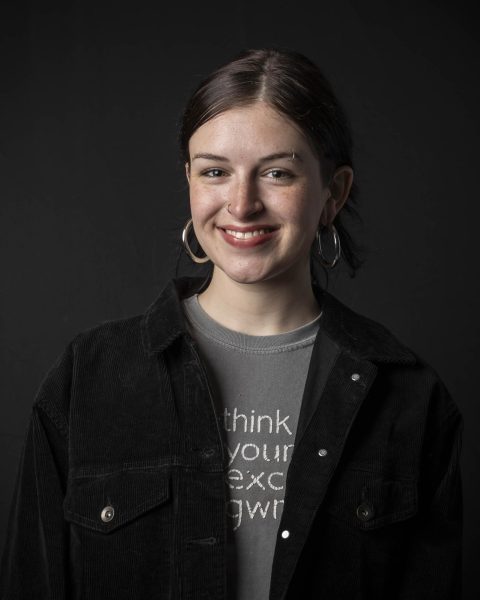
Even as the student body becomes more diverse, the college continues to lose faculty of color, with the departure of three Black professors, one with tenure and two who were tenure-track. Tenure-track is a full-time academic career path that can lead to promotion and job security.
Melanie Chambliss, an assistant professor of Humanities, History, and Social Sciences, left Columbia to teach at the University of Rochester. Jennifer Sadler, an assistant marketing professor and a scholar of critical race theory, resigned this summer. As the Chronicle previously reported, Curtis Lawrence, an associate professor in Communication, resigned in May to become a senior investigations editor at Block Club Chicago.
Departures of faculty of color, particularly those with tenure or who are on the academic pathway to tenure, are notable because they could indicate setbacks to diversity initiatives but also provide “windows into campus climate,” according to an analysis from the Collaborative on Academic Careers in Higher Education published by Harvard University.
In all, 14 full-time faculty left in the spring semester, said Pegeen Quinn, associate provost of academic personnel. That count did not include Sadler, vice president of Faculty Senate, whose last day was June 15. Quinn did not provide a breakdown of faculty who resigned or retired.
Sadler’s departure means the Business and Entrepreneurship Department has one remaining Black full-time faculty member, Monique Maye, a professor of instruction.
Sadler’s decision to leave Columbia was “ultimately driven by a deep disagreement about the direction the college is heading,” she said.
Re’Lynn Hansen, a nonfiction professor in the Creative Writing Department, told the Chronicle she retired after 30 years.
As a retiree, she has two books in the making and a script she wishes to finish. She has also traveled, started a book group based on environmental writings and joined a committee that gives scholarships to students in need.
Hansen said her decision to retire was gradual and that there were a few factors that contributed to it, one of which was cancer.
“The reason I quit was mainly due to my life outside of Columbia,” she said. “I had and still have metastatic cancer, and it and the treatment for that was gradually taking its toll. In other words, I was not getting worse necessarily, but just going in for treatment, and taking care of things had its own place in my life, which made it more difficult to give Columbia its place.”
Joan Giroux, president of Columbia’s chapter of the American Association of University Professors, an advocacy group, told the Chronicle in an email that the overall climate among faculty is such that many “feel overworked and stretched too thin.”
“Faculty express frustration with the divide between Columbia’s nature as a teaching college, and a trending expectation that faculty meet the standards of research/ scholarship/ creative endeavor expected at an R1 (Research 1) institution where faculty have much lighter teaching and service loads,” she said. “Some are taking on responsibilities because of staff departures and positions not being refilled.”
Overall, the college’s full-time faculty of color is 16% compared to the 81% of white faculty. That is slightly higher than the national average. Columbia students and faculty have and continue to ask for a more diverse teaching body.
“My experience as a Black woman and tenure track professor left much to be desired, especially considering equity and a serious lack of accountability in multiple sections of administration,” Sadler said. “I’m thankful to have met and taught truly phenomenal students who need many more educators of color.”









